 Hugh Miser
Hugh Miser
Time Period: Early Twentieth Century (1901 - 1940)
 Hugh Miser
Hugh Miser
Miser, Hugh Dinsmore
Miss Laura’s Social Club
Missionary Baptist College
Mississippi County Courthouse, Chickasawba District
Mississippi County Courthouse, Osceola District
Missouri and North Arkansas Depot (Leslie)
 M&NA Engine at Kensett
M&NA Engine at Kensett
 M&NA Motorcar Thomas C. McRae
M&NA Motorcar Thomas C. McRae
Missouri and North Arkansas Railroad (M&NA)
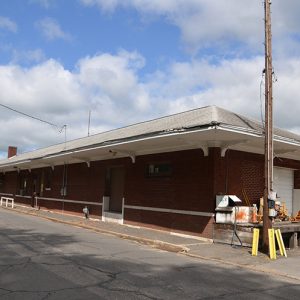 Missouri Pacific Depot
Missouri Pacific Depot
Missouri Pacific Depot (Arkadelphia)
Missouri Pacific Depot (Gurdon)
Missouri Pacific Depot (Malvern)
 Missouri Pacific Hospital
Missouri Pacific Hospital
Mitchell v. United States
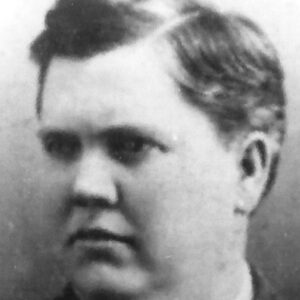 E. G. Mitchell
E. G. Mitchell
Mitchell, Elton (Lynching of)
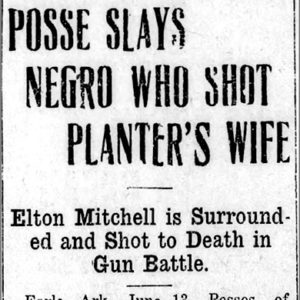 Elton Mitchell Lynching Article
Elton Mitchell Lynching Article
 Harry Mitchell
Harry Mitchell
Mitchell, Harry Leland
 William Starr Mitchell Sr.
William Starr Mitchell Sr.
 William Starr Mitchell Jr.
William Starr Mitchell Jr.
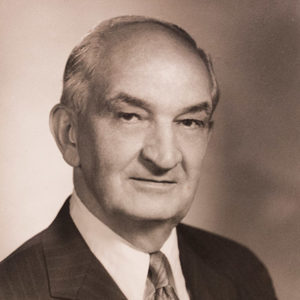 William Starr Mitchell Jr.
William Starr Mitchell Jr.
 Mobile General Store
Mobile General Store
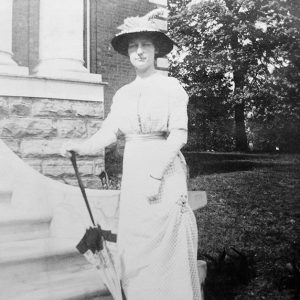 Lucy Byrd Mock
Lucy Byrd Mock
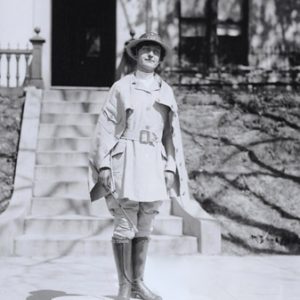 Lucy Byrd Mock
Lucy Byrd Mock
Mock, Lucy Byrd
Monette Water Tower
 Monette Water Tower
Monette Water Tower
Monroe County Courthouse
Monroe County Lynching of 1915
aka: H. M. Gandy (Lynching of)
aka: Jeff Mansell (Lynching of)
 Monroe County Lynching Article
Monroe County Lynching Article
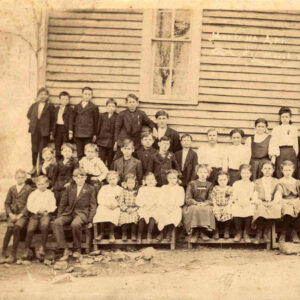 Montana School
Montana School
Monte Ne (Benton County)
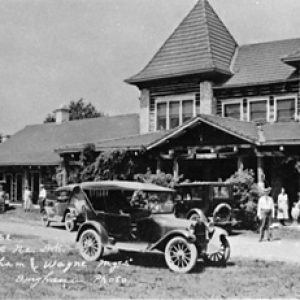 Monte Ne Club House Hotel
Monte Ne Club House Hotel
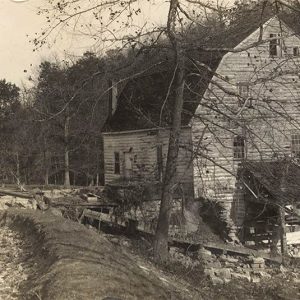 Monte Ne Mill
Monte Ne Mill
Monte Ne Railway
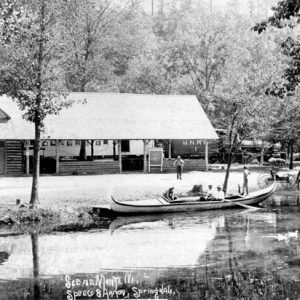 Monte Ne Train Depot
Monte Ne Train Depot
Montgomery County Courthouse
Monticello Academy
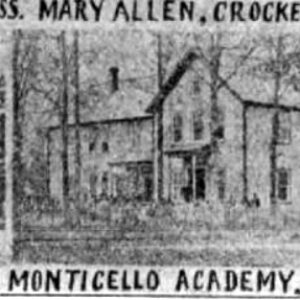 Monticello Academy
Monticello Academy
 Monticello Academy Controversy
Monticello Academy Controversy
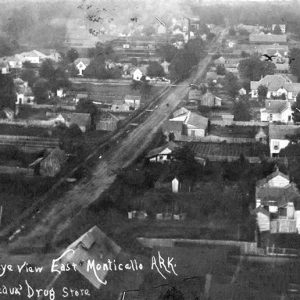 Monticello City Scene
Monticello City Scene
Monticello Confederate Monument
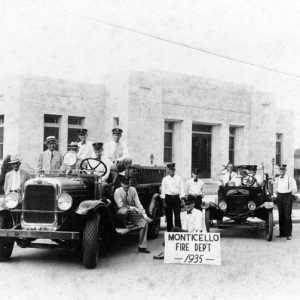 Monticello Fire Department
Monticello Fire Department
Monticello Post Office (Historic)
 Monticello View
Monticello View
 Monticellonian
Monticellonian
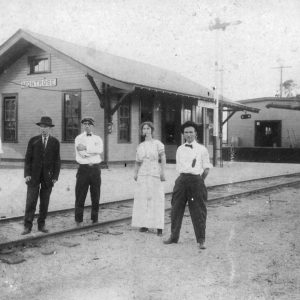 Montrose Depot
Montrose Depot




